How to Free Up Storage Space on Your Android Device
Running out of Android storage space? Here's how to free up storage on your phone by uninstalling big apps, removing content, and more.
App, photo, and operating system sizes are always getting larger. If you use an older Android device—or even the entry-level model of a newer device—you'll quickly find yourself hitting the storage limit.
There's nothing worse than whipping out your phone for a once-in-a-lifetime photo, only to be met with the dreaded "Storage Full" message. So how do you free up storage on Android? Keep reading for a list of tips and ideas.
1. Identify Storage-Hogging Apps
How many of the apps currently installed on your phone do you frequently use?
Sure, we all need an email client, some social media apps, a news app, and perhaps a game or two. But do you really need that random weather widget you downloaded or the app that distorts your face to make you look like your dog? Probably not.
Recent versions of Android make it easy to see which apps are the worst offenders. Navigate to Settings, search for "Storage," and tap on Apps within the Storage menu. Wait for the list to populate, then tap the three-dot icon in the top-right corner and choose Sort by Size if it isn't chosen already.
Once you know what's taking up the most space, uninstall anything you don't need by heading to Settings, searching for "Apps," and tapping See all X apps in the Apps menu.
Do note that this Apps menu under Apps is different from the Apps menu under Storage. And as each Android phone manufacturer has its own skin, the names of the menus might be slightly different for you.
2. Delete Offline Content
Lots of apps let you save content on your device so you can access it when you're offline.
For example, Spotify lets you save music directly to your phone. Some RSS readers let you save articles to read later, as do bookmarking services like Pocket. Podcast apps save audio files for offline playback, and Chrome can even save webpages for offline access.
Saving content for offline use is great—if you have enough space. If you don't, you'll quickly start wondering where all your free space went.
A few prudent steps will fix this problem. Instead of downloading dozens of albums, try making a playlist on Spotify with just enough songs to cover your gym session or commute. Only open the notebooks you use most frequently on OneNote, and avoid downloading any huge files from cloud storage services.
To clear the offline content that you already have saved on your device, you have two options. You can clear app caches on a case-by-case basis by going to Settings > Apps > See all X apps > [App Name] > Storage & cache > Clear cache.
Optionally, you can also tap on Clear storage to clear even more space, but it will reset the app to its original state as if it were newly installed. For some apps like Google Chrome, you get Manage space instead of Clear storage. If you tap on it, it gives you a bunch of options, out of which clearing Unimportant data is the safest to use.
Alternatively, you can use a reputable third-party tool that will clear app caches in bulk. SD Maid is one such tool.
3. Move Photos to the Cloud
Google Photos will automatically back up all your photos to the cloud. As long as you're happy with a slightly lower resolution in its Storage Saver mode, they won't count against your Google Drive storage limits.
When looking at the photos on your device using Google Photos, it's easy to miss the fact that they're not saved locally. They're still accessible and viewable through the Photos app as long as you have an internet connection.
The app will even alert you when it can help save some space, with an on-screen notification making you aware that you're closing in on your storage limits.
If you think you're close to capacity, you can get the app to check on your behalf. Navigate to Google Photos > Menu (Your profile photo in the top-right corner) > Free up space. The app will scan your phone, let you know how many photos have already been backed up, and advise you on which ones you can safely delete.
4. Move Content to an SD Card
Sadly, fewer and fewer devices now ship with an SD card slot. They're especially rare on premium phones.
There's a good reason for the lack of SD support on modern phones: cheaper SD cards will not perform as well as more expensive ones because they have slower read/write times. But many users won't realize that their SD Card is at fault—they'll just think the phone is sluggish. That's bad publicity for manufacturers; they'd rather you just buy a more expensive model with more storage.
If you have a mid-range or budget device, it's more likely to have a slot for SD cards. This is fortunate, given that such devices typically offer less built-in storage than their more expensive counterparts.
Android is capable of formatting an SD card so it appears as internal storage on your device. Go to Settings > Storage > [SD card name], then tap on the three-dot icon in the top-right corner and choose Storage settings. Select Format as internal to begin the process.
5. Take Advantage of the Files by Google App
The Android storage manager app, Files by Google, comes pre-installed on most stock Android devices. It's right among some of the best Android file explorer apps and does a decent job of letting you organize the downloads, shared files, and other documents on your phone.
One of the app's most overlooked features, however, is its Clean tab which you can navigate to from the bottom bar. It's also directly integrated into the Android Settings app in the form of Free up space. Either way, you get to the Clean tab for more options.
The Files by Google app analyzes your storage and identifies stuff like junk files, large files, duplicate files, and anything else it thinks you can safely delete. You make the final decision of whether to complete the removal.
You can also turn on its Smart Storage feature by tapping on the hamburger menu (the three horizontal lines) in the top-left corner, then Settings > Smart Storage. This automatically deletes the backed-up media files from your device after 60 days owing to its integration with Google Photos.
6. Android's Storage Manager Tool
If you don't trust yourself to keep up with these storage maintenance tasks, you can let Android do some of the work for you. Not all phones have this feature, as Files by Google's Smart Storage does a similar job, but it can be useful if available. Search for "Storage Manager" in the settings menu to check its availability.
If you have the feature, slide the toggle next to Storage manager into the On position. If you tap on Storage manager, you can customize the feature, including how long to keep backed-up photos and videos on your delete before the local copy is automatically deleted. This customization makes it more useful than the Smart Storage feature in Files by Google.
Storage Maintenance Can Also Improve Performance
We've discussed that you need storage for saving data like photos and videos. That's pretty obvious. But did you know if your Android phone runs out of storage, it might start hanging, slowing down, and, in some cases, heating up? That's why it's something you shouldn't ignore.
If you want to automate most of the tasks we've mentioned, you can try one of the Android cleaner apps that actually work. You might not get as much control over what you delete with these apps as with the methods we've listed, but the process will be much quicker.
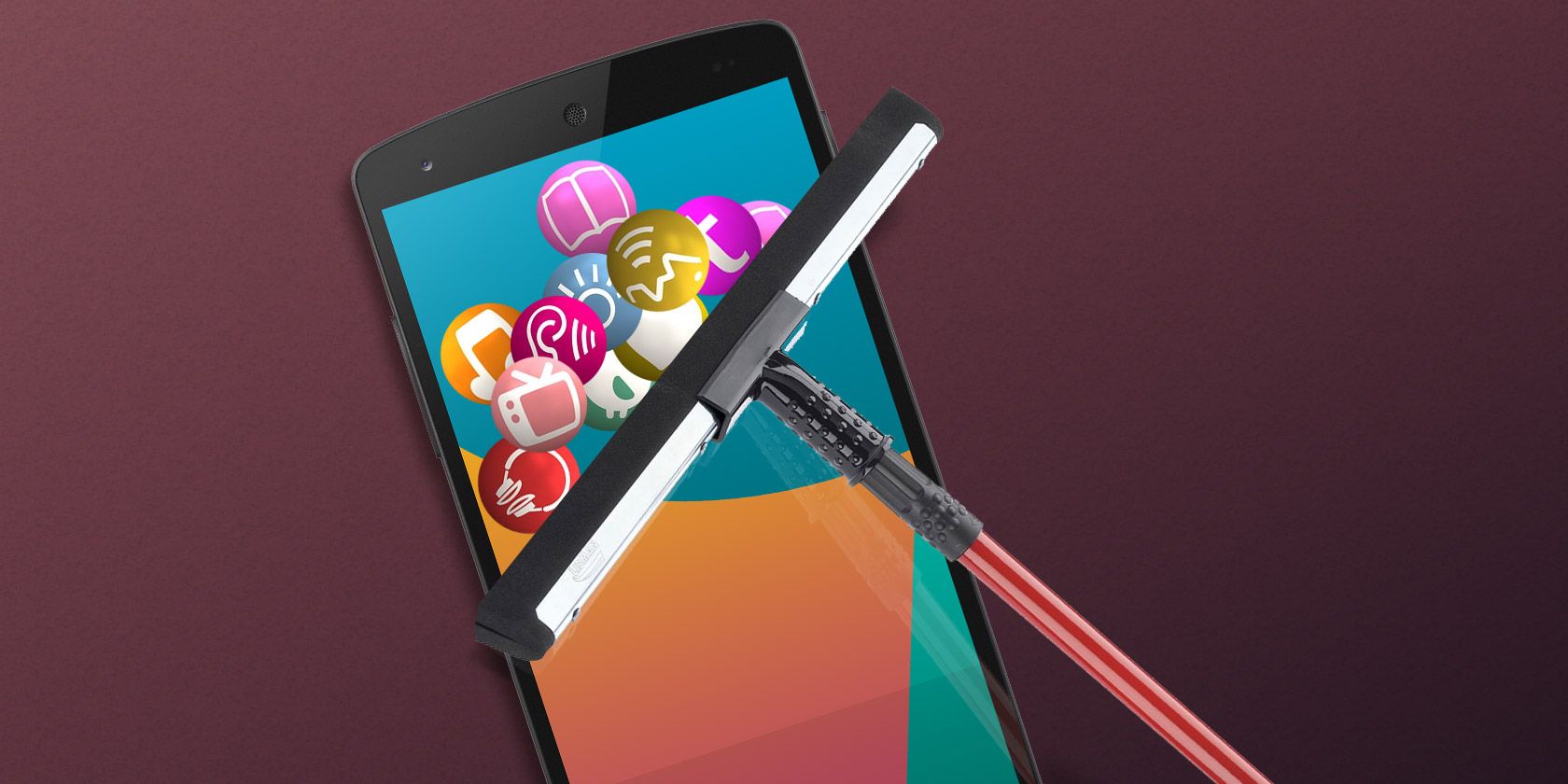
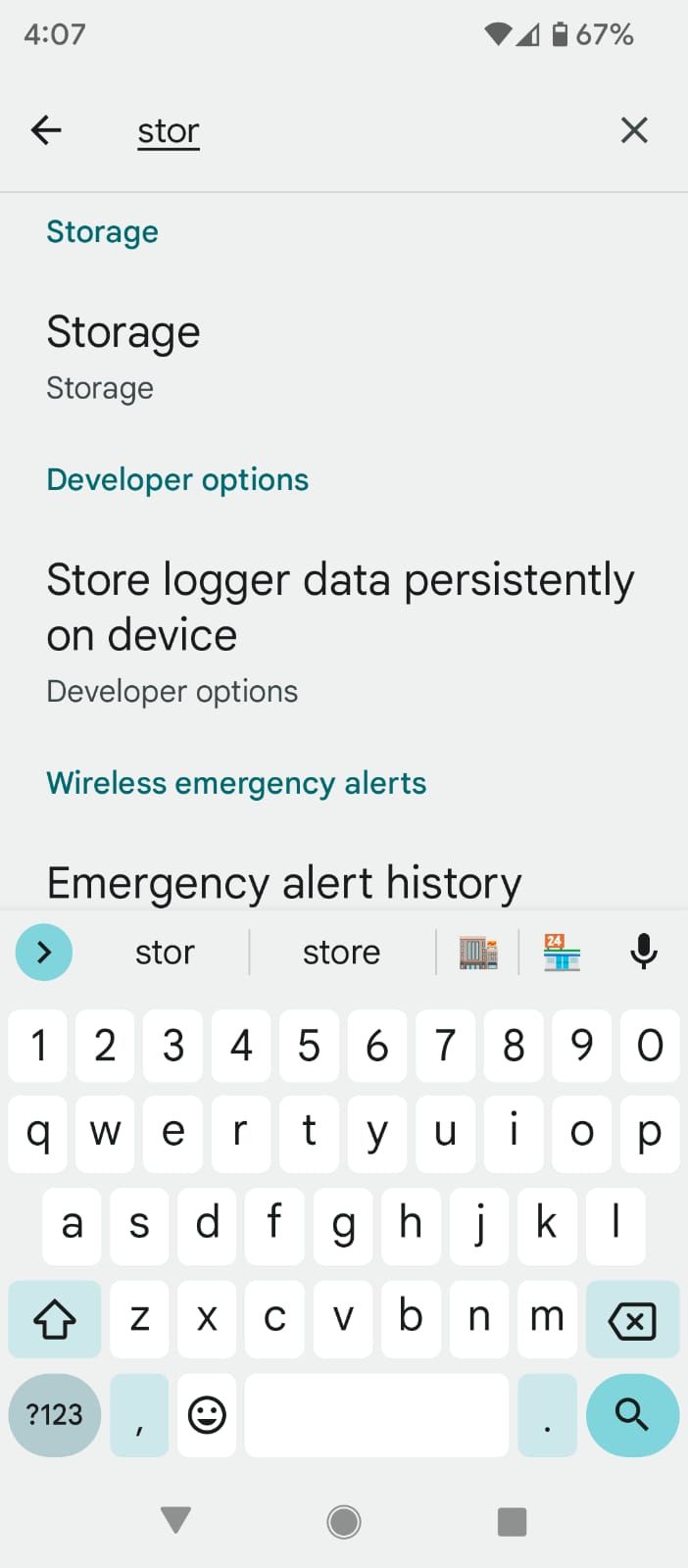
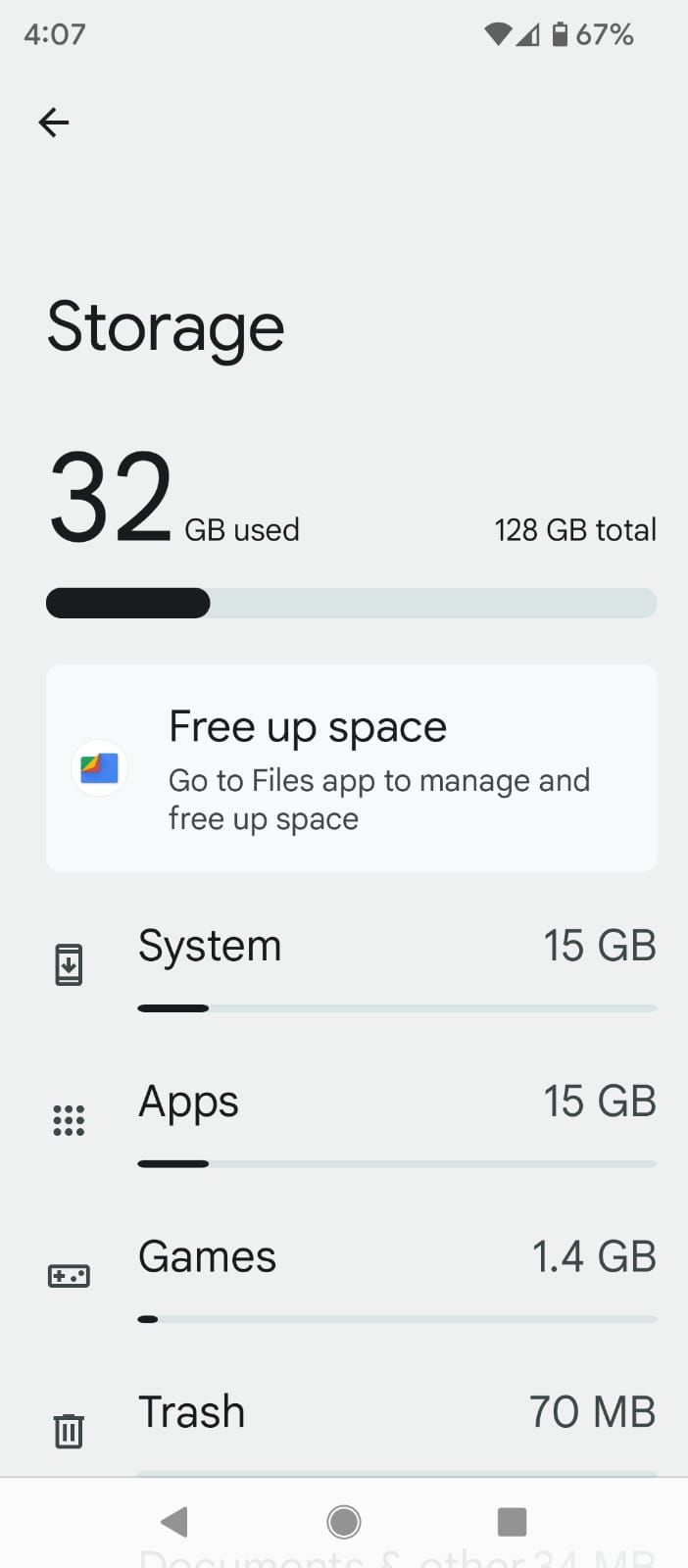
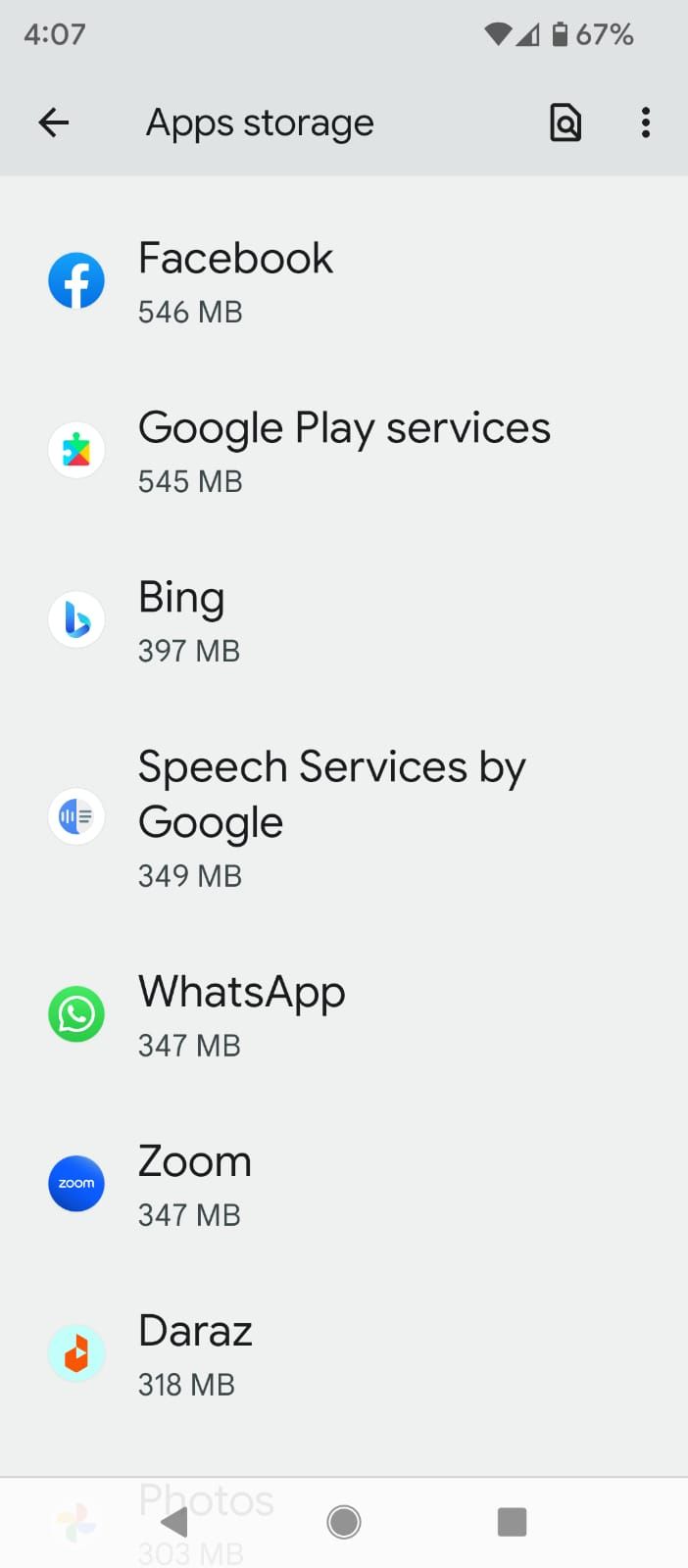
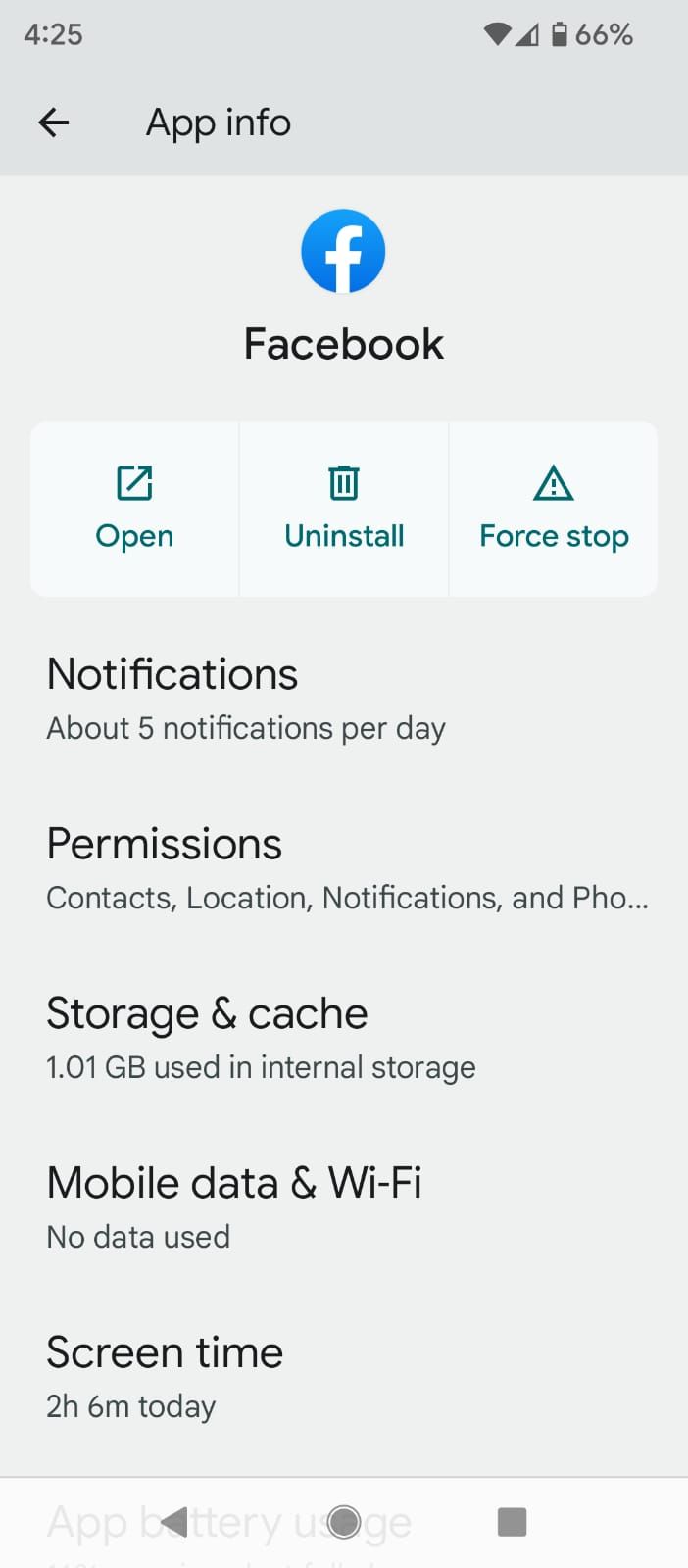
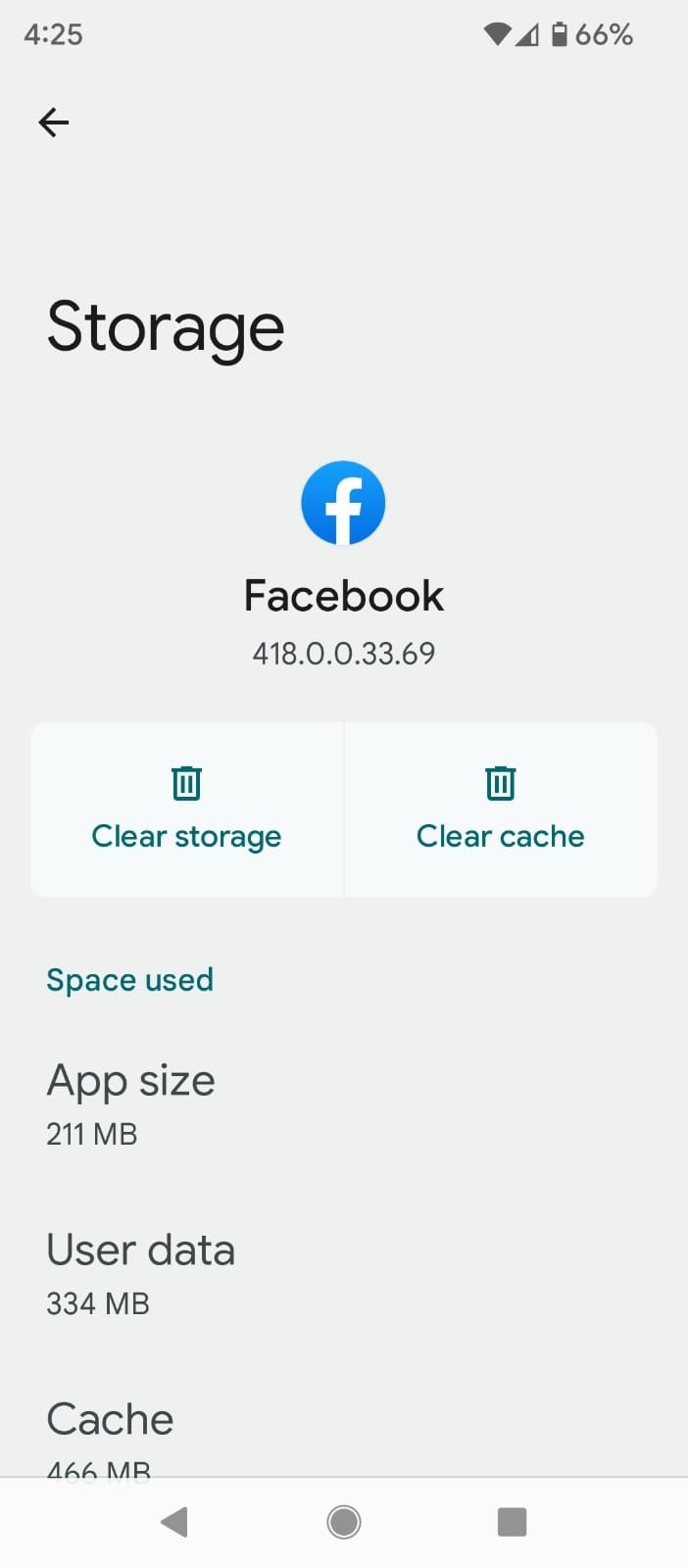
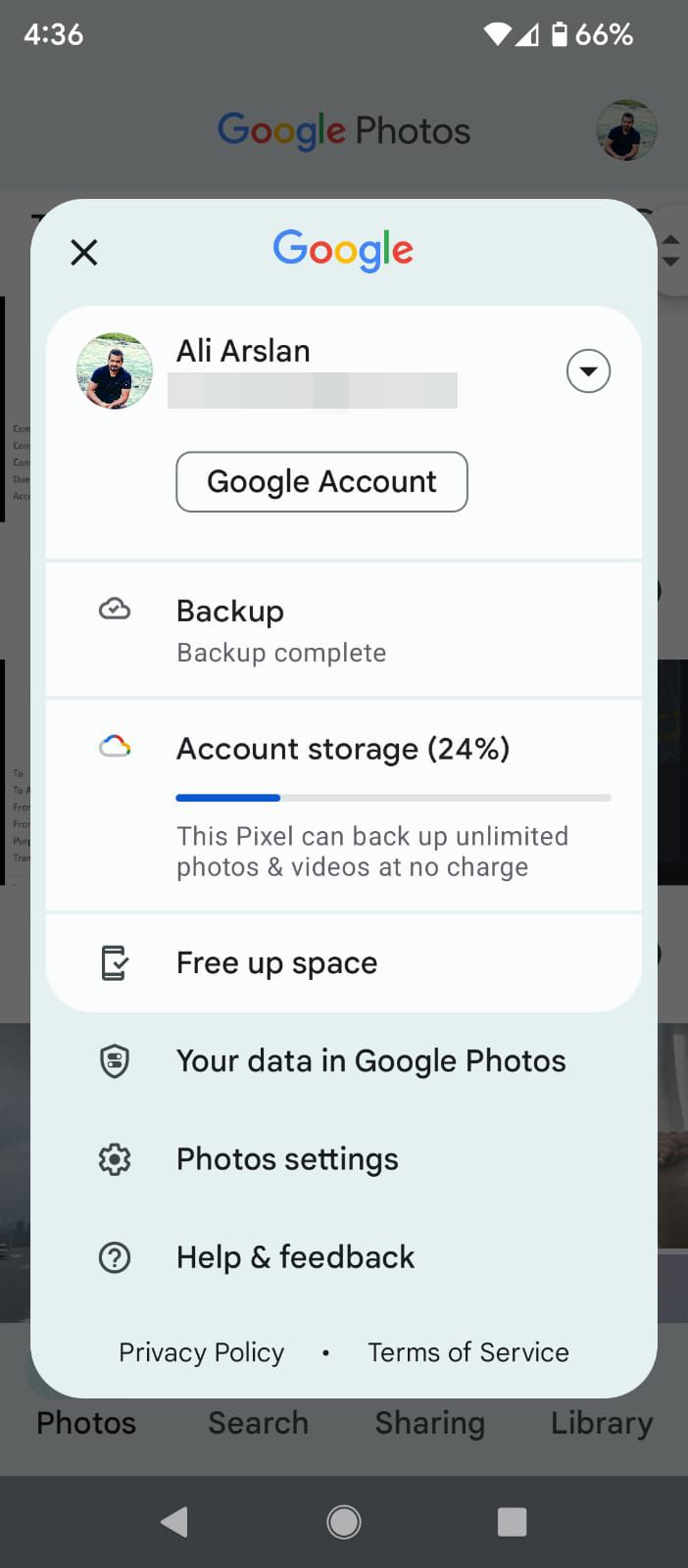
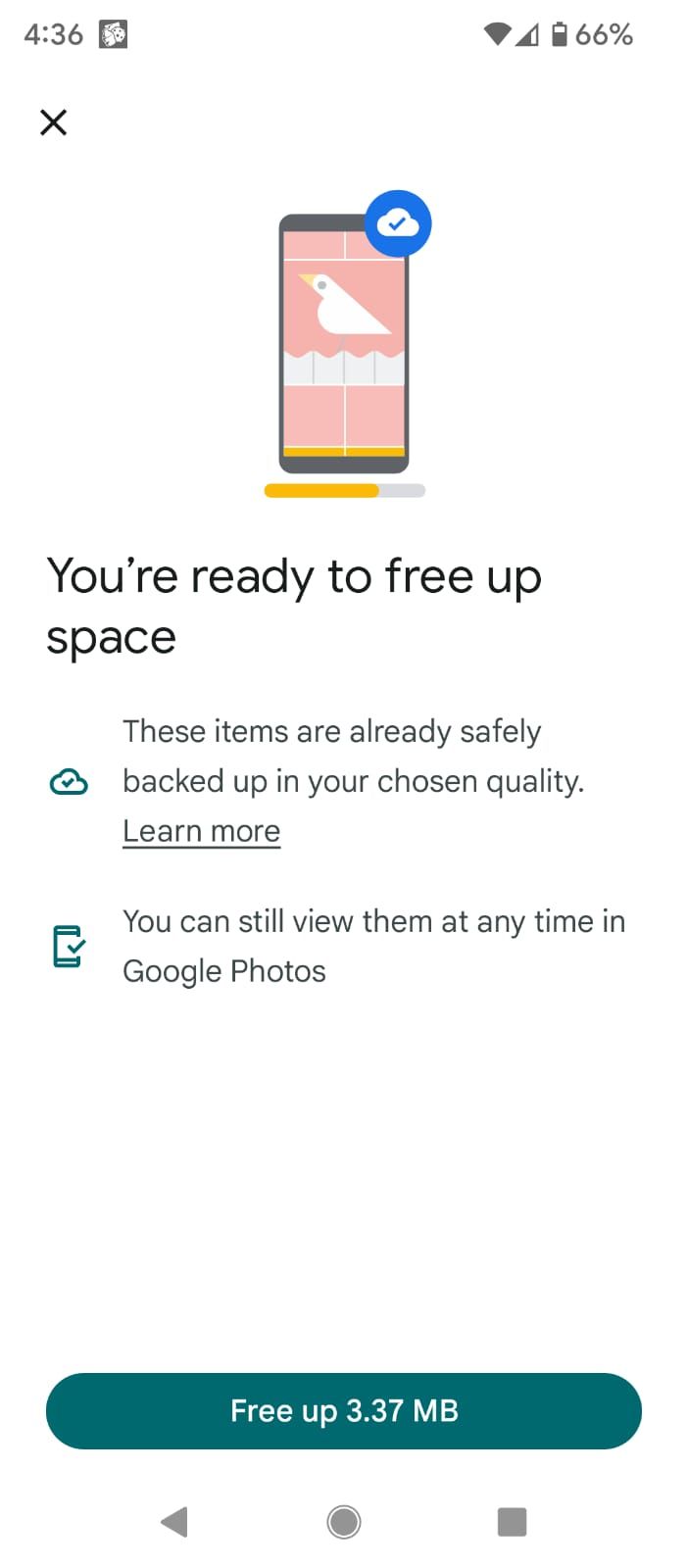

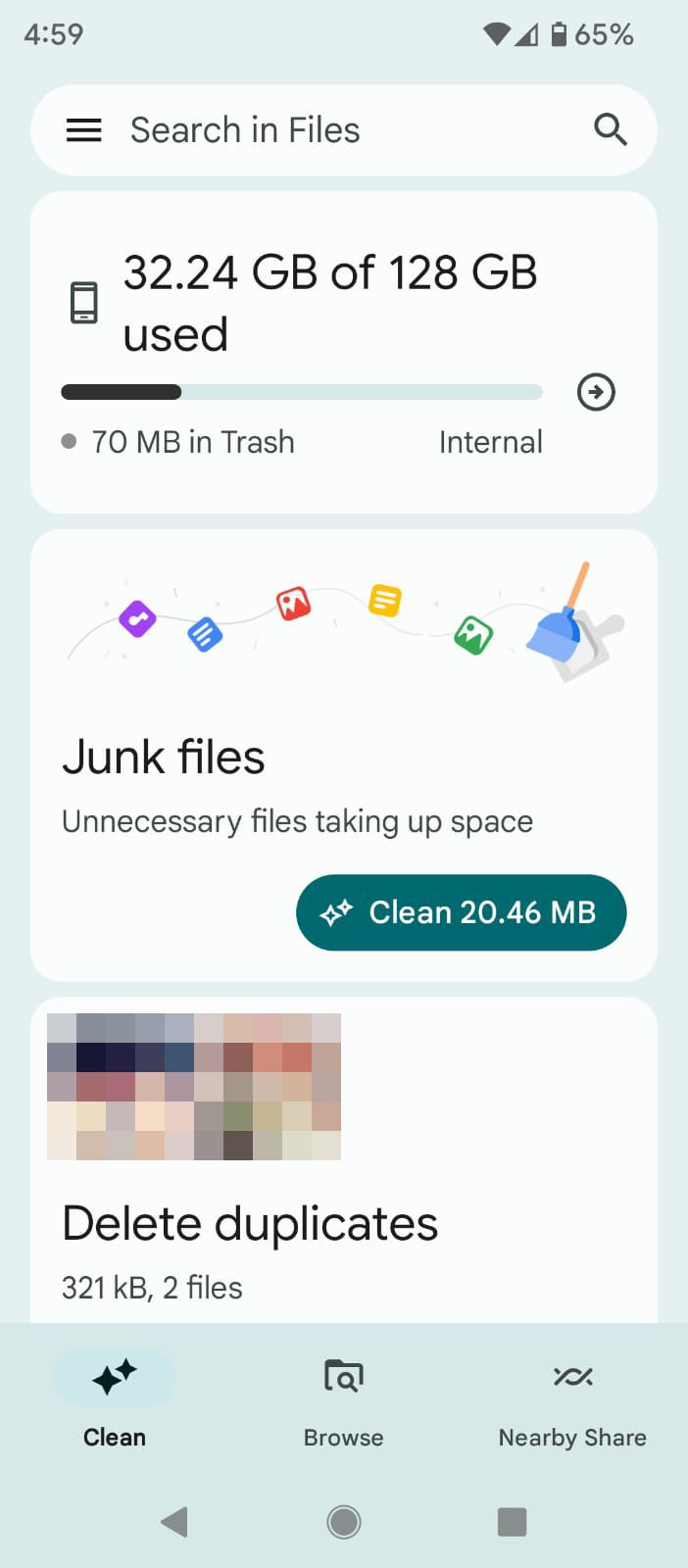
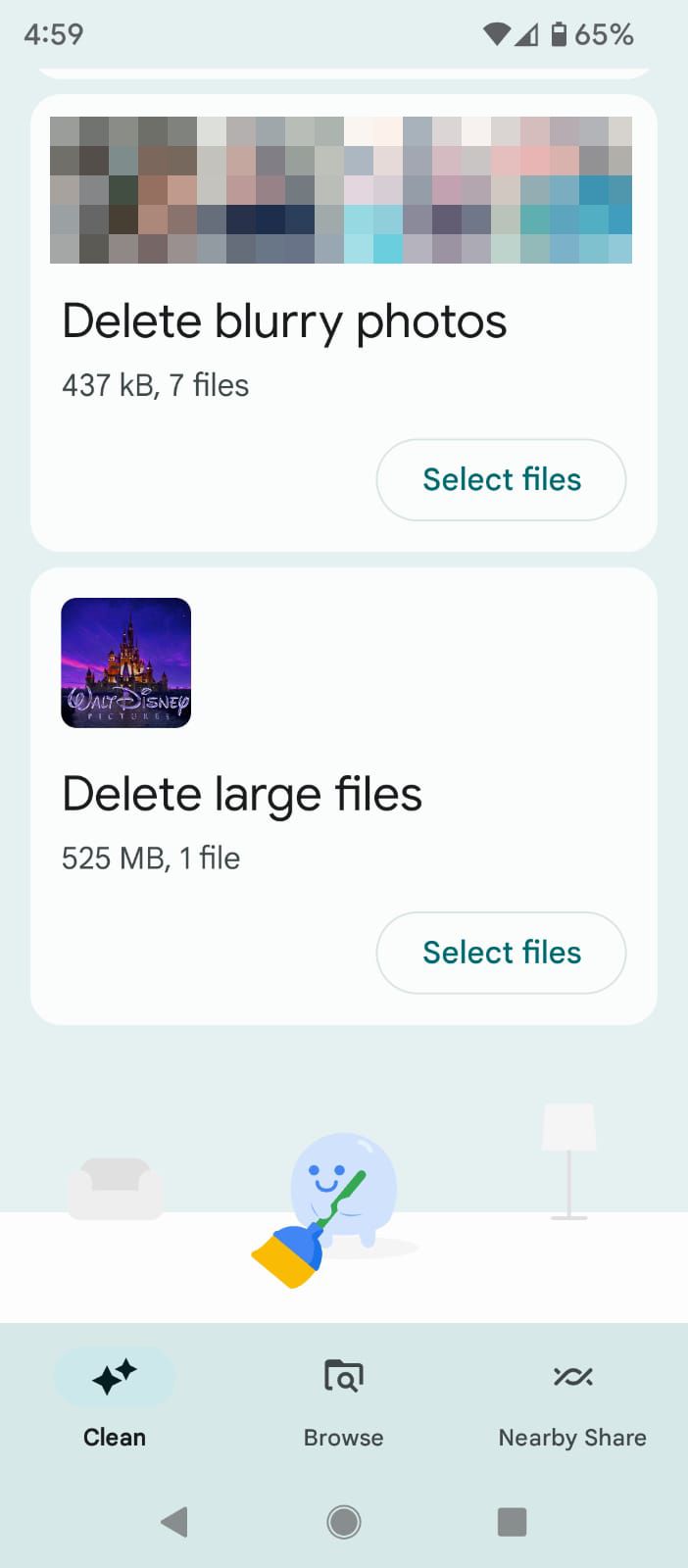
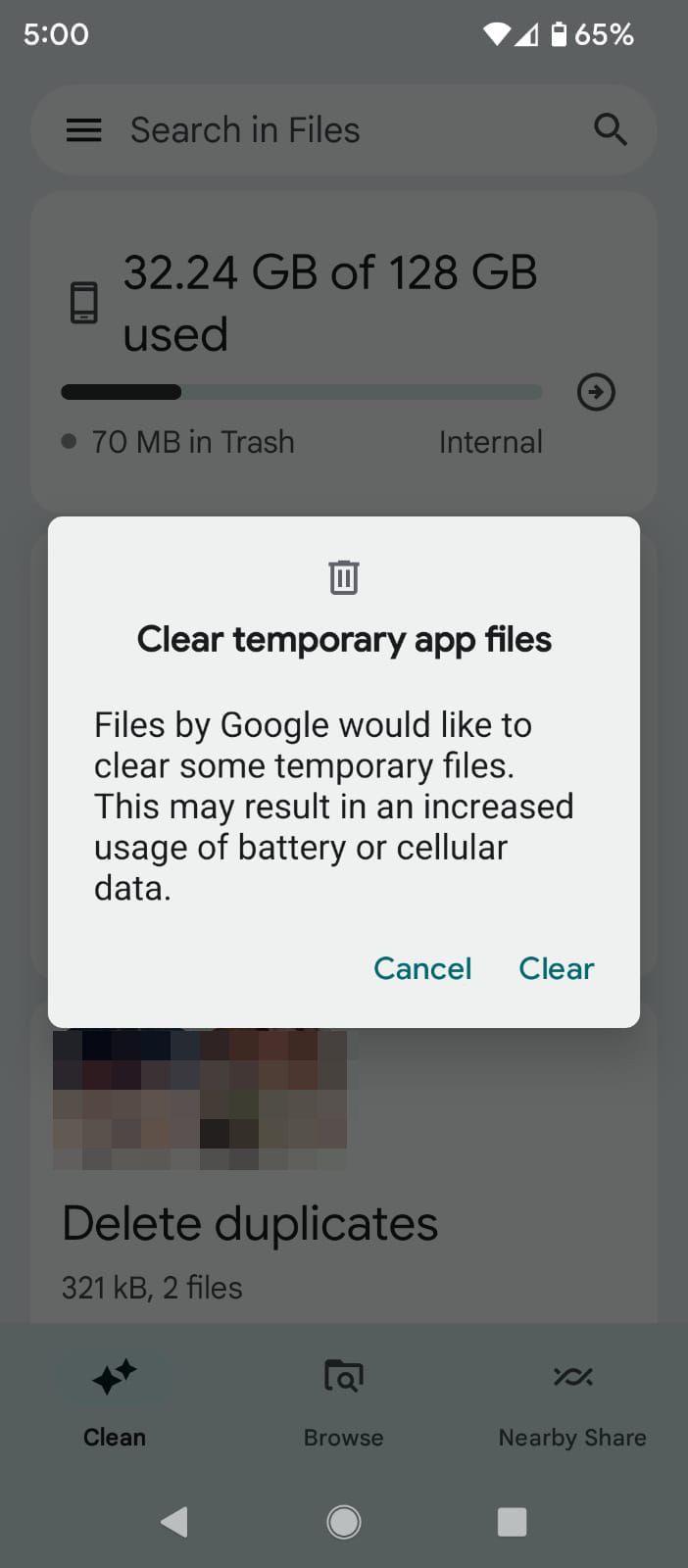
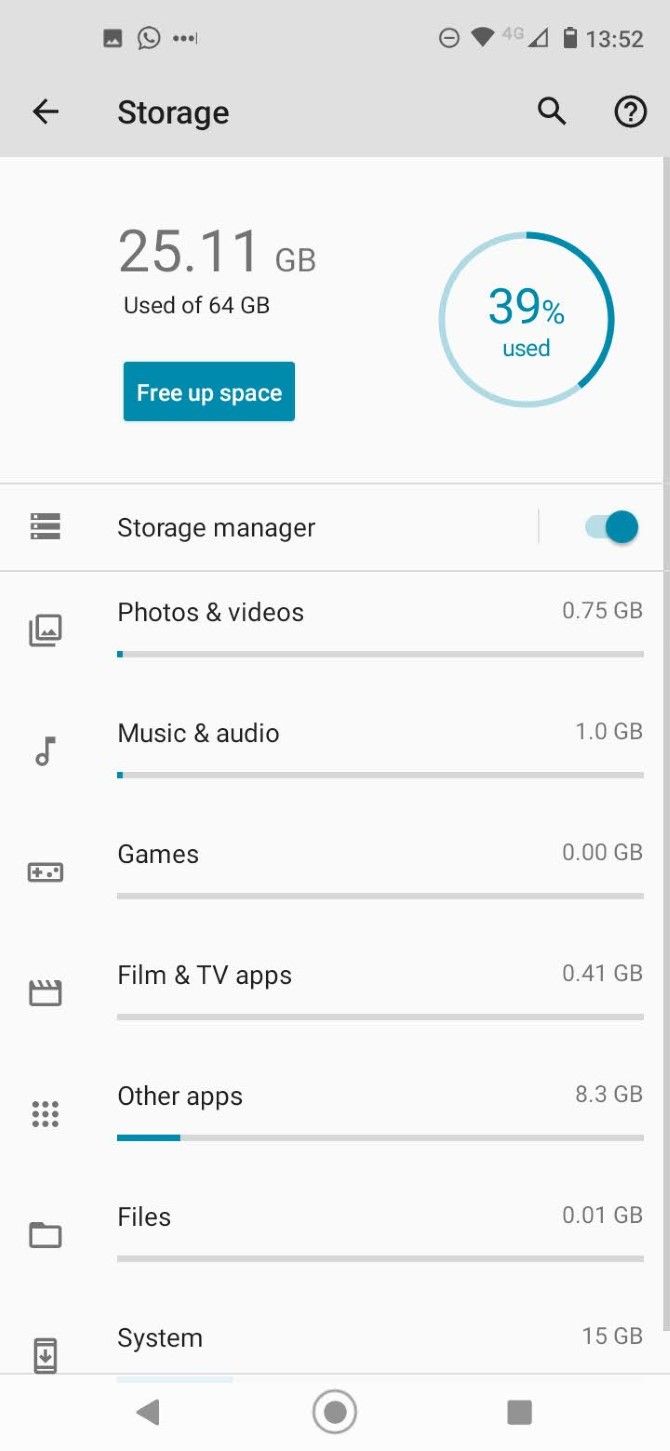
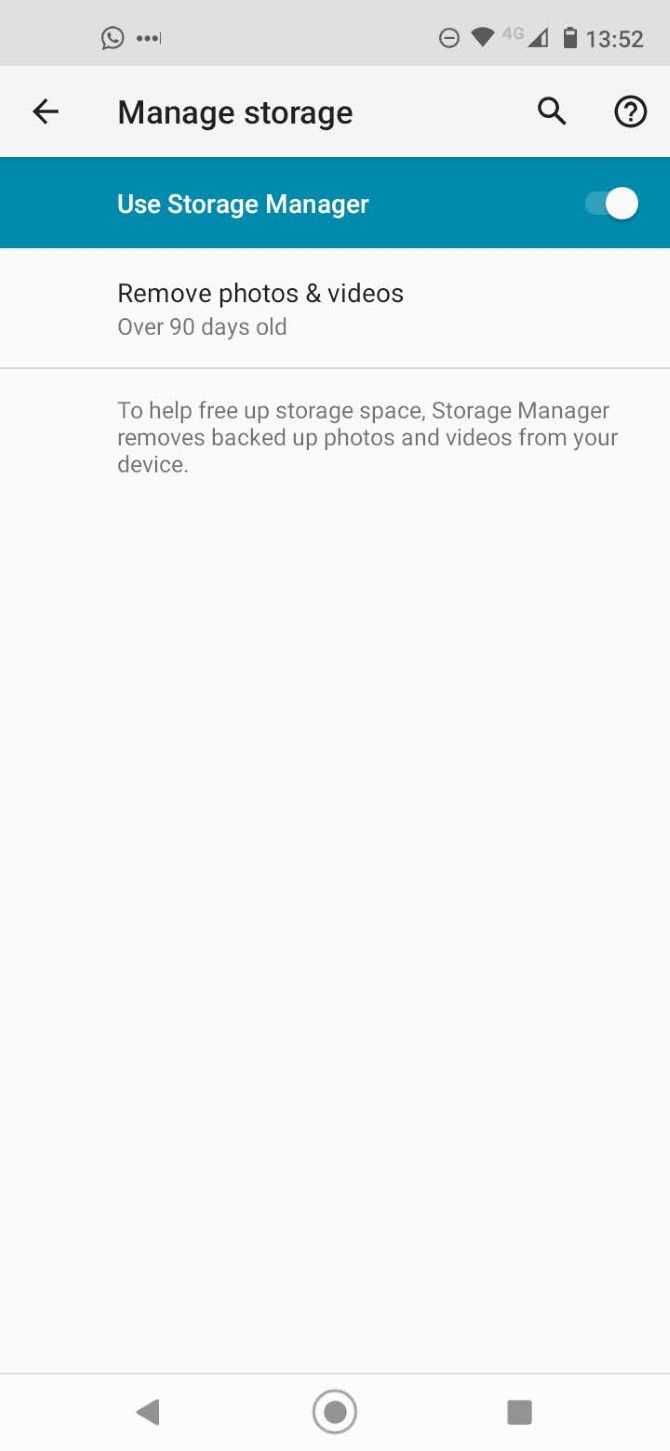


No comments:
Post a Comment